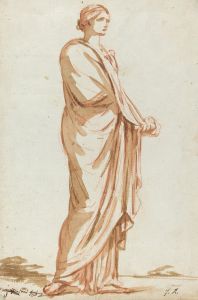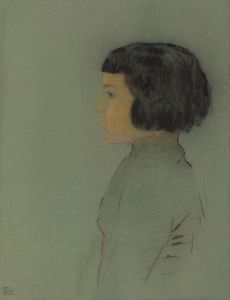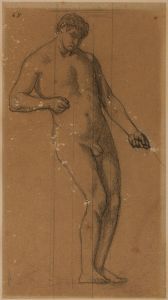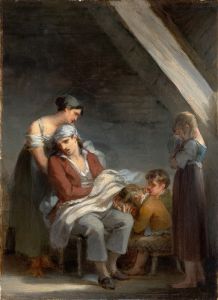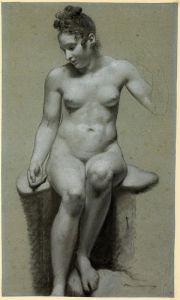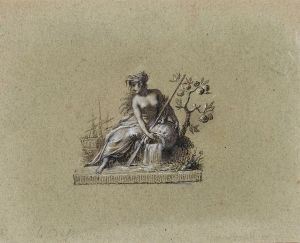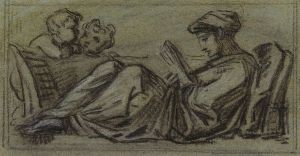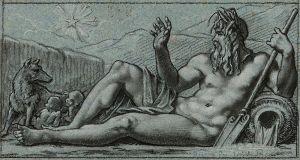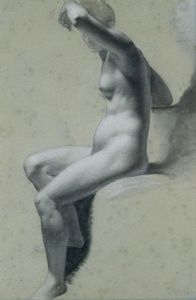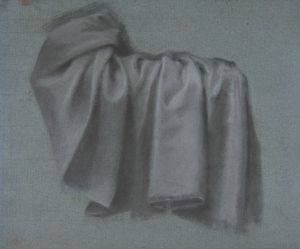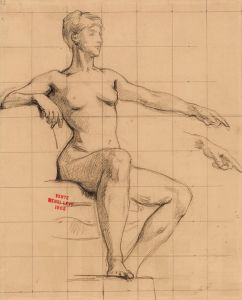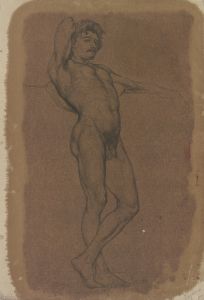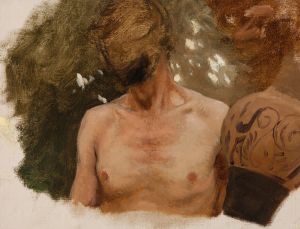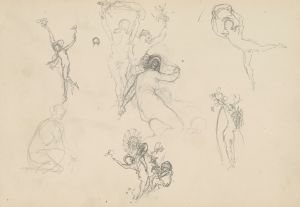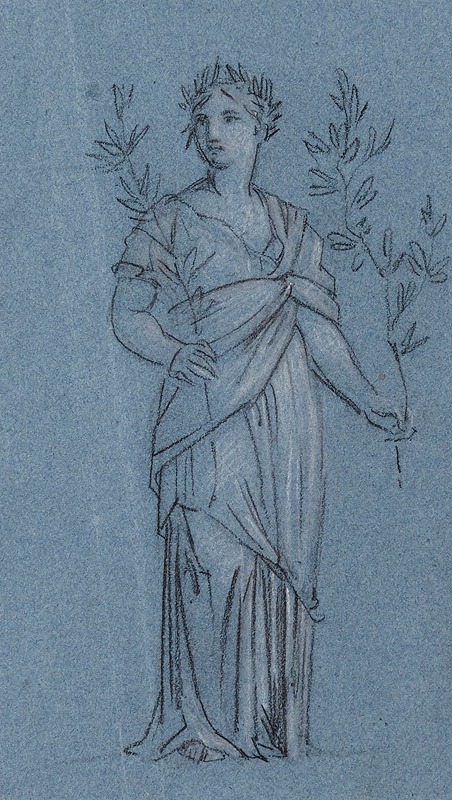
Groupe de gauche
A hand-painted replica of Pierre-Paul Prud'hon’s masterpiece Groupe de gauche, meticulously crafted by professional artists to capture the true essence of the original. Each piece is created with museum-quality canvas and rare mineral pigments, carefully painted by experienced artists with delicate brushstrokes and rich, layered colors to perfectly recreate the texture of the original artwork. Unlike machine-printed reproductions, this hand-painted version brings the painting to life, infused with the artist’s emotions and skill in every stroke. Whether for personal collection or home decoration, it instantly elevates the artistic atmosphere of any space.
Pierre-Paul Prud'hon was a renowned French Romantic painter, known for his unique style that combined elements of Neoclassicism and Romanticism. His work often depicted allegorical and mythological subjects, characterized by a soft, atmospheric quality and a delicate use of light and shadow. One of his notable works is "Groupe de gauche," which translates to "Left Group" in English. However, specific information about this particular painting is limited, and it is not as widely documented or discussed as some of Prud'hon's other works.
Prud'hon was born on April 4, 1758, in Cluny, France. He studied in Dijon and later in Paris, where he was influenced by the works of earlier masters such as Leonardo da Vinci and Correggio. His style was distinct from his contemporaries, as he often focused on the emotional and psychological aspects of his subjects, rather than adhering strictly to the classical ideals of beauty and form.
Throughout his career, Prud'hon received numerous commissions from prominent figures, including Napoleon Bonaparte and Empress Joséphine. His ability to capture the subtleties of human emotion and his skillful use of chiaroscuro made him a favorite among the French elite. One of his most famous works is "Justice and Divine Vengeance Pursuing Crime," which exemplifies his mastery of dramatic composition and emotional depth.
While "Groupe de gauche" is not as extensively covered in art historical literature, it is likely that the painting reflects Prud'hon's characteristic style. His works often feature graceful figures, a harmonious composition, and a dreamlike quality that invites viewers to contemplate the deeper meanings behind the imagery. Prud'hon's paintings are celebrated for their ability to convey a sense of tranquility and introspection, qualities that were highly valued during the Romantic period.
Prud'hon's influence extended beyond his lifetime, as his approach to painting inspired future generations of artists. His emphasis on mood and emotion, as well as his innovative use of light, can be seen in the works of later Romantic and even Impressionist painters. Despite facing personal challenges, including a tumultuous relationship with his wife and struggles with depression, Prud'hon remained dedicated to his art until his death on February 16, 1823.
In summary, while specific details about "Groupe de gauche" are scarce, Pierre-Paul Prud'hon's legacy as a masterful painter of the Romantic era is well-established. His ability to blend classical techniques with a Romantic sensibility has left a lasting impact on the art world, and his works continue to be admired for their beauty and emotional resonance.





